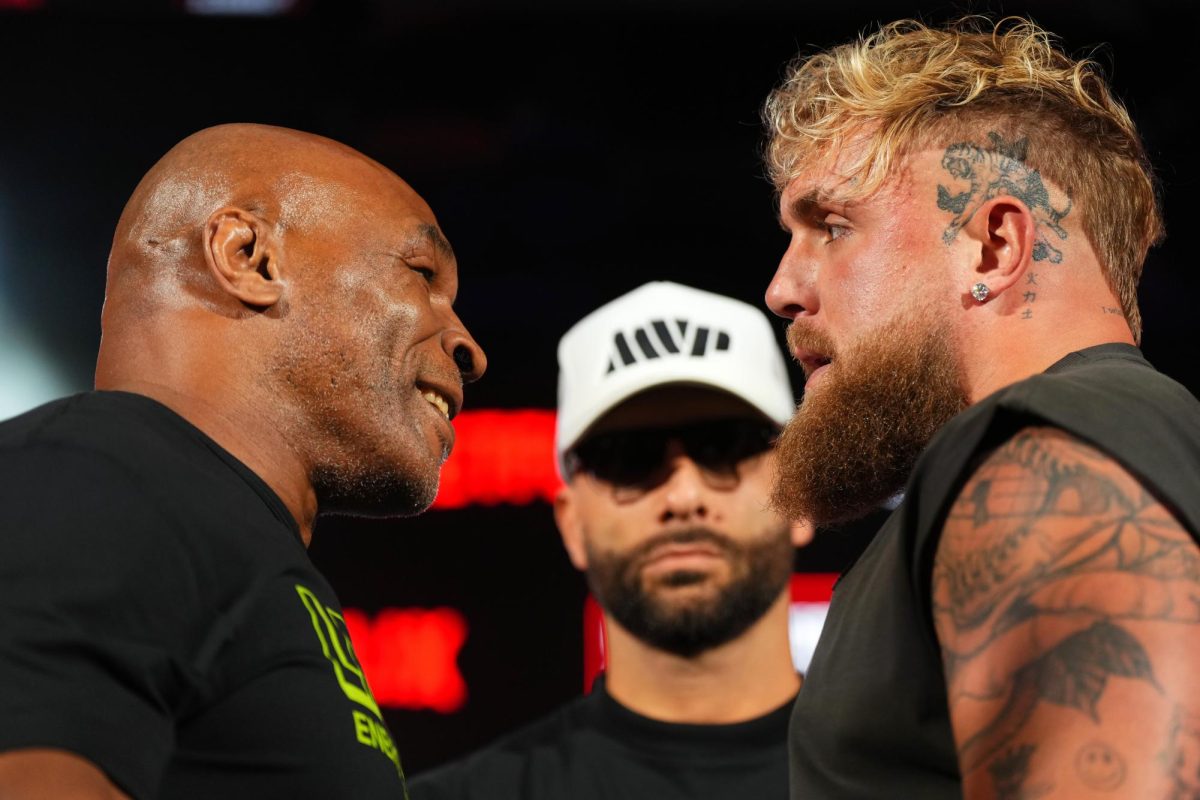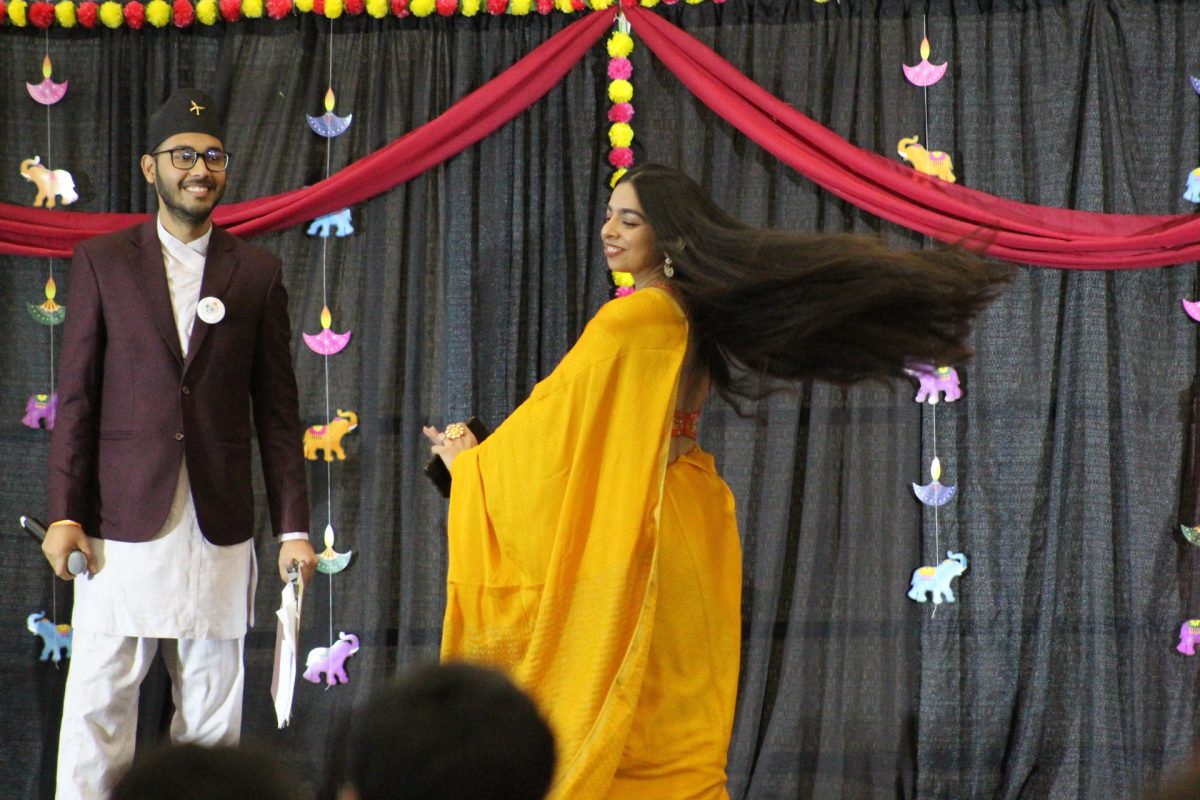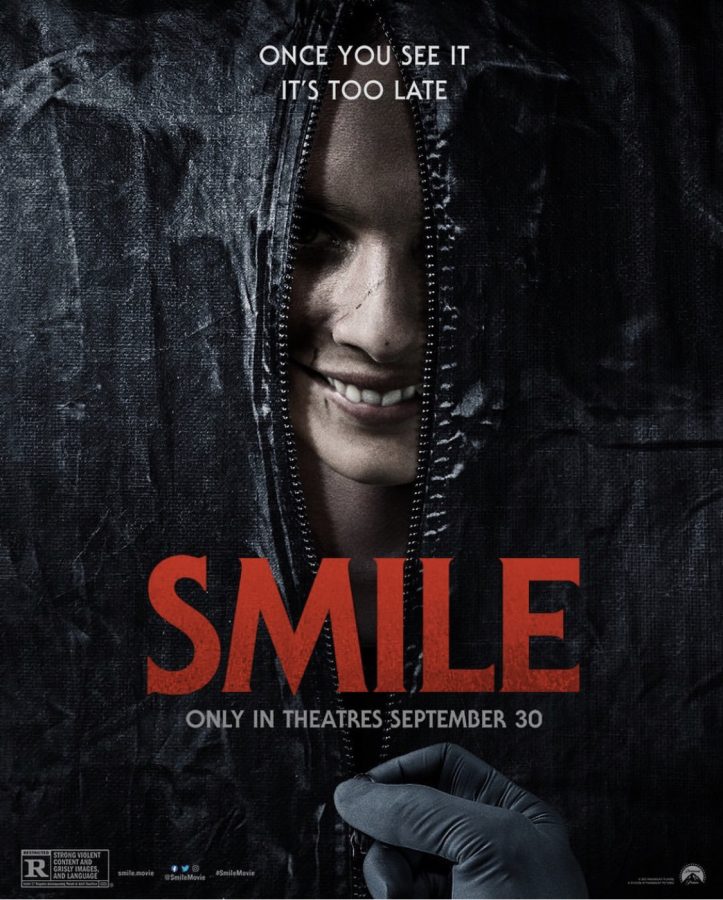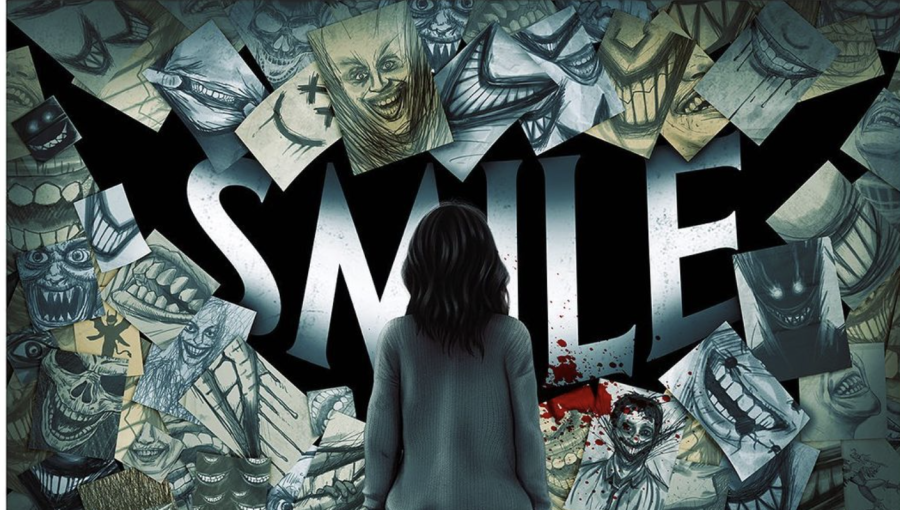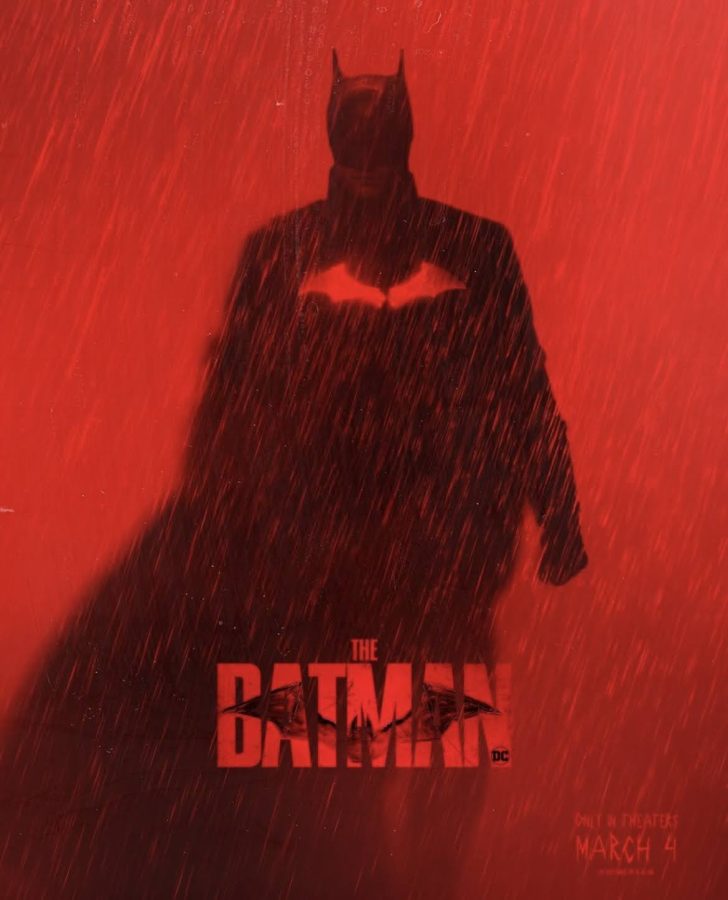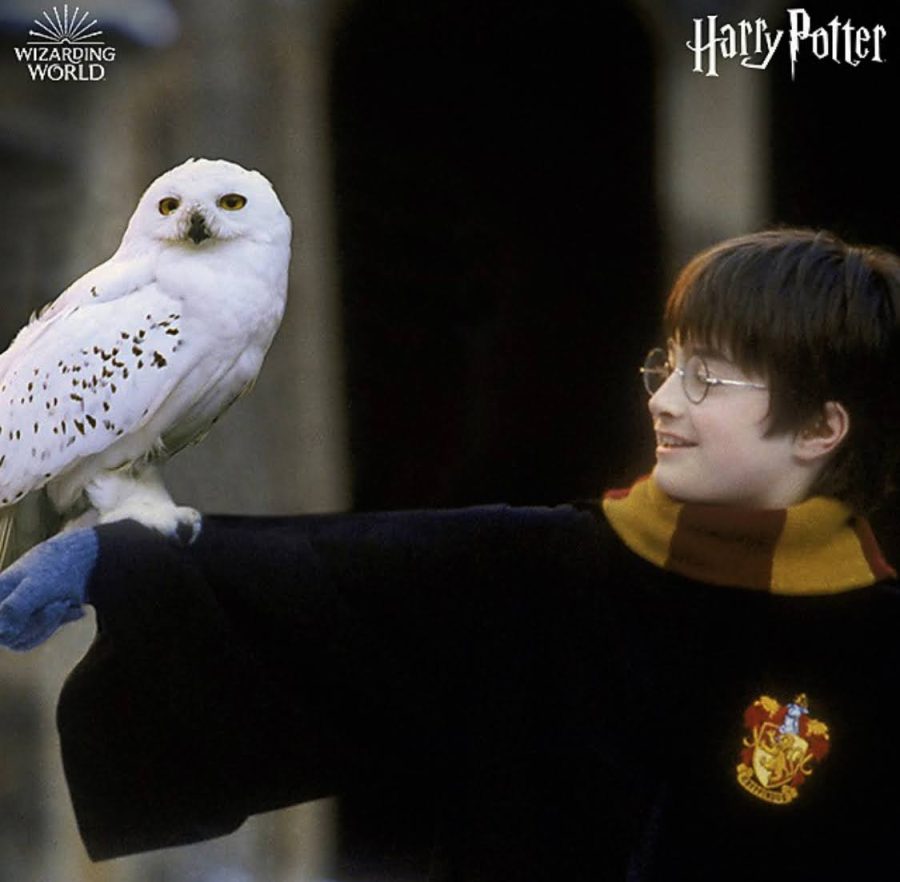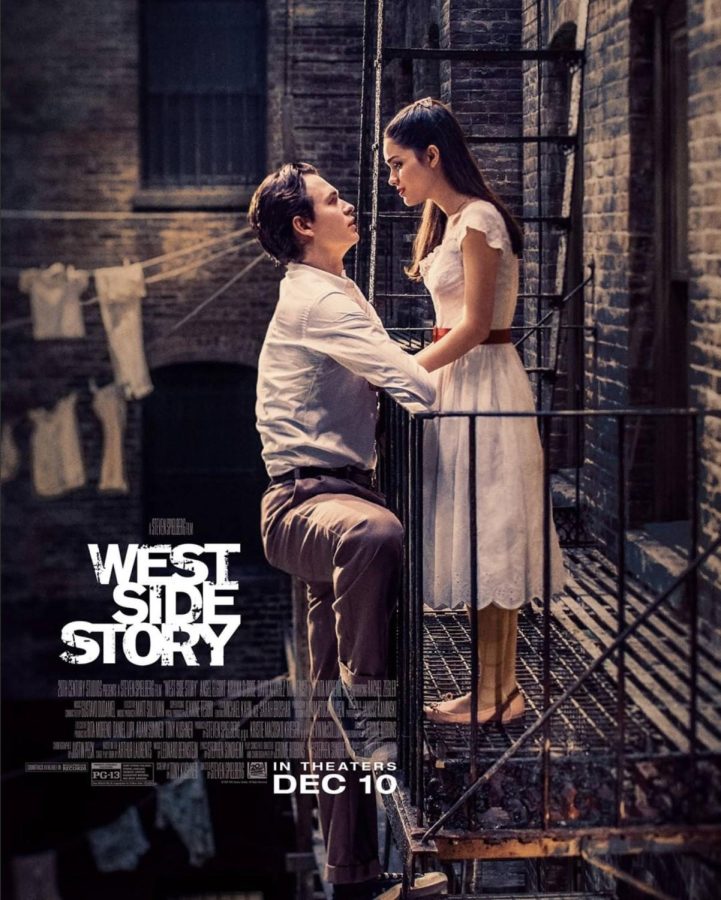If you don’t know the story of the popular movie and novels called The Hunger Games, it’s about a world (“our world”) after a great war in which the people rebelled against the Capitol. The country is now divided into twelve separate districts plus the Capitol so that the latter can maintain control of the former states of control. In the Capitol, life is opulent, and all life, order, and environment are based on the services provided by the districts.
In these districts, there is never enough to eat, and the people live in squalor conditions. To add the insult to injury, once a year, the Capitol demands that the districts each offer up one boy and one girl to compete in the “Hunger Games,” a survival game to the death to remind the people why they should not rebel against the Capitol. The winner of these games and his or her district gets food for the year to remind the people that the Capitol “takes care” of them.
The film was relatively true to the book. Although, as in most book-to-movie translations, there were some details missing or changed. However, viewers are given a glimpse into the utter turmoil of District 12 in the beginning of the film. The filth, destitution, and desperation are apparent.
This is not a sci-fi film. It’s as political as it is entertaining. President Snow is made out to be the villain in The Hunger Games. But what he does would not be possible without the acquiescence of the people of the Capitol itself.
What is really striking and clear is the use of color, tone, and its representation. District 12 is rendered in muddy colors. The people live in poverty, and their downtrodden state is clear because you see it as a slurry of earth tones that is muted. The Capitol, on the other hand, is the exact opposite; of course, it holds all bright colors and opulence. Everything is beyond over the top. No one is wanting because they clearly have everything. While the book is about many things, the film focuses primarily on one important factor: the “haves” and the “have not’s” and the injustice of that state of affairs.
Jennifer Lawrence, who plays Katniss, portrays the right blend of fragility and strength. She first volunteers in her sister’s place to be in The Hunger Games and then prepares for them with as much ferocity as any of the other competitors. Liam Hemsworth plays Gale; he is a handsome and slightly brooding man as he watches the Hunger Games unfold on live “reality” TV.
The love for Katniss that Josh Hutcherson evokes to the audience as Peeta is palpable, raw, and very real. But so is his intelligence and understanding of what’s really going on in the districts, capitol, and the games. He is also calculating and slightly manipulative. However, he is truly appalled by the Capitol and is willing to do anything to preserve his humanity during the Games, while still trying to keep Katniss alive and at his side.
The result of these many aspects produces a film that will keep its viewers, even the millions who have read the books and know the outcome, at the edge of their seats. If the storyline doesn’t grab you, the special effects and the portrayal of the Game arena as well as its inner-workings, is enough to intrigue most to the need of seeing it up close and personally..
The film is exciting and goes by shockingly quickly considering that it is two hours and twenty-two minutes long. But, it’s more than a love triangle or an adventure film. It’s a cautionary tale. So go out and experience this amazing movie for yourself!




